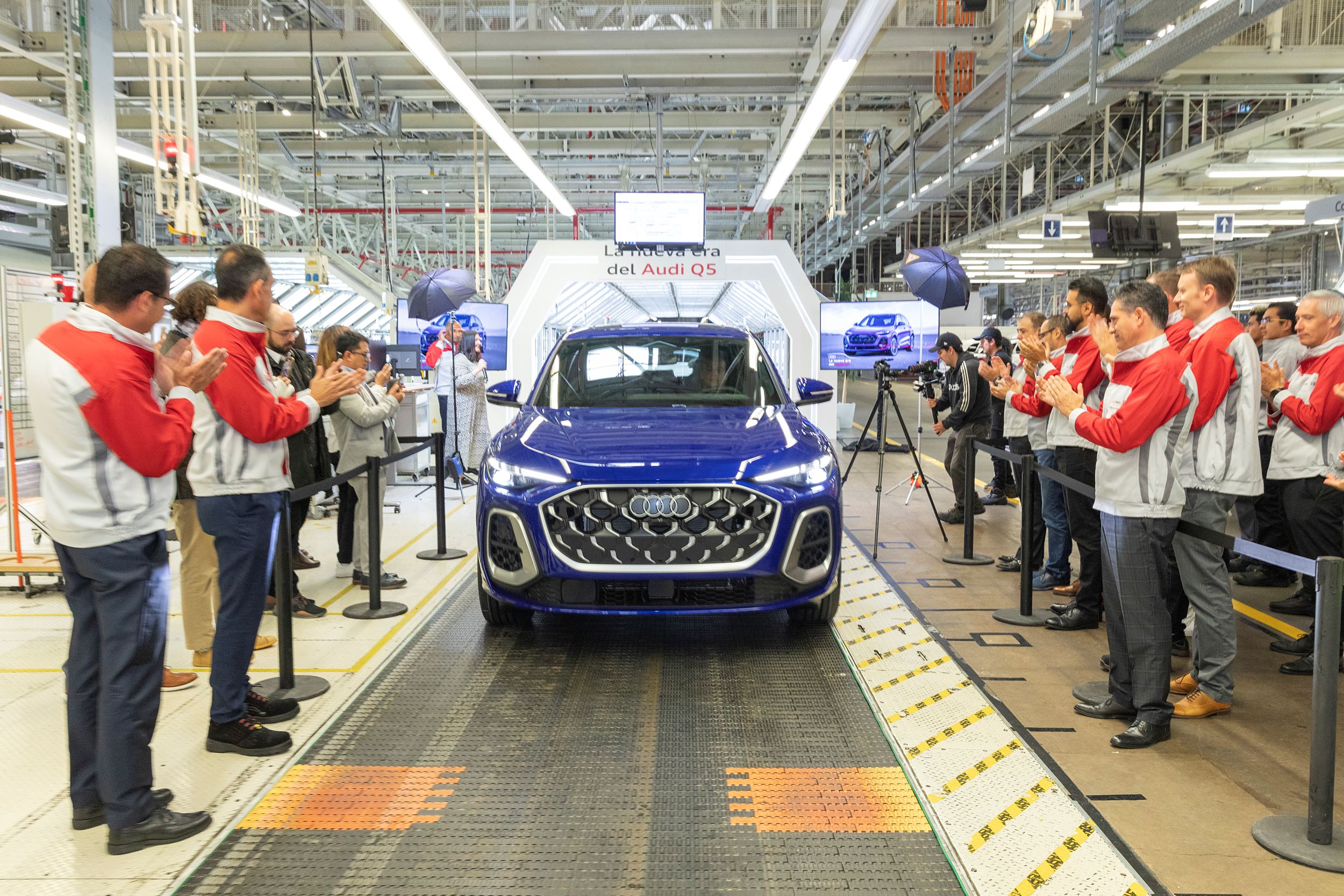Audi Bets on the Q5 to Regain Ground in the US

Last May, Audi began distributing the third generation of the Audi Q5 SUV in the US market, its best-selling product in the neighboring country, which is assembled at its plant in San José Chiapa, in the state of Puebla.
This is the first vehicle produced based on the new “Premium Platform Combustion” (PPC) architecture developed by the German manufacturer with a focus on mid-size luxury vehicles.
This launch is vital for the four-ring brand to regain ground after reporting a 3.4% decline in sales in the first quarter, especially considering that in 2024, the Q5 accounted for almost 30% of deliveries.
However, one of the main challenges of this debut is maintaining a competitive price, as the SUV is currently subject to a 27.5% tariff in the United States.
The vehicle pays a 25% tax imposed last April on all imported models, but an additional 2.5% is also applied under the “most favored nation” criterion for not meeting the minimum regional content requirements according to USMCA rules.
The new generation of the Audi Q5, with all-wheel drive as a standard option, has a starting price in the US market of US$52,200, while the Sportback version with Prestige trim starts at US$73,000.
A freight charge of $1,295 is added to each unit. The company said the prices will be valid until at least June.
Audi produced 14,000 Q5 SUVs in Puebla in May, representing a 20% drop in volume compared to the same month last year, while cumulative production in the first five months was 50,672 units, or 6.5% less than in the same period in 2024.
However, only slightly more than 16,000 units were shipped to the US market, representing just 37% of the 43,607 vehicles that the San José Chiapa headquarters shipped abroad between January and May.





